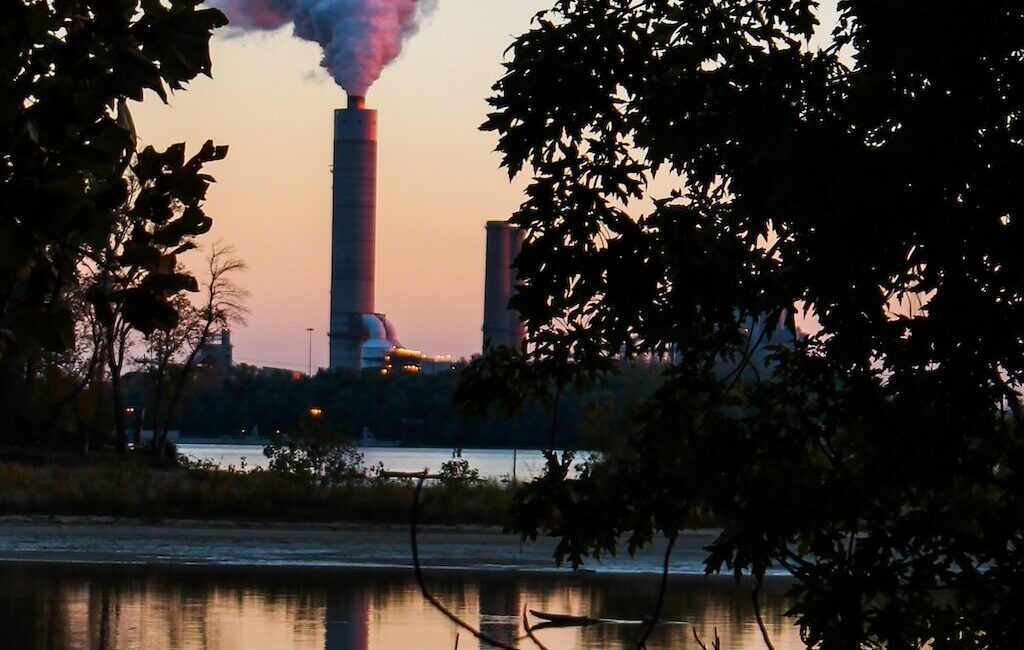Determining whether an average American can offset all their carbon emissions in a year involves understanding both the scale of emissions and the effectiveness of offsetting methods.
Average Emissions: The average carbon footprint for an individual in the United States is around 16 tons of CO2 equivalent per year, significantly higher than the global average.
Tree Planting: While trees absorb CO2, the process is slow. A mature tree might absorb about 48 pounds of CO2 per year. Given the average American’s footprint, offsetting through tree planting alone would require planting and maintaining a significant number of trees. If one considers that a hectare of trees might hold around 50 tons of carbon, equating to about 180 tons of CO2, you’d need approximately 0.09 hectares (or about a quarter of an acre) of new forest per person annually to offset just that year’s emissions. However, this calculation doesn’t account for the time it takes for trees to mature, the variability in carbon sequestration rates, or the permanence of the carbon storage if these trees are later cut down or destroyed by natural events.
Offsetting through Projects: Carbon offsets can theoretically cover emissions through various projects like renewable energy installations or forest conservation. However, the effectiveness of these offsets is debated. Issues include:
Permanence: The carbon removed must remain out of the atmosphere indefinitely, which isn’t guaranteed with biological systems like forests due to potential for logging, fires, or disease.
Additionality: Offsets must represent reductions that wouldn’t have occurred without the offset project, which is hard to prove or enforce.
Measurement and Verification: Ensuring the actual amount of CO2 removed matches what’s claimed requires rigorous, often expensive, verification processes.
Real-World Sentiments and Critiques: From social media and environmental discussions, there’s skepticism about the efficacy of offsets. Critics argue that offsets can become a way to continue high-emission activities without actual reduction, essentially greenwashing.
Practical Considerations: For an individual to offset 16 tons of CO2 annually:
Direct Actions: Reducing personal emissions through lifestyle changes (like reducing meat consumption, using public transport, or reducing energy use) can lower the amount needing offsetting.
Financial Investment: Purchasing high-quality offsets might cost several hundred dollars per year, assuming you could find offsets that meet all the rigorous criteria for genuine carbon reduction.
Given these points:
Yes, it’s technically possible for an average American to offset their emissions through a combination of reducing their personal carbon footprint and investing in high-quality carbon offset projects. However, this requires significant effort, financial investment, and a reliance on systems and projects whose long-term effectiveness and integrity can be uncertain.
However, the broader environmental community often emphasizes that offsetting should complement, not replace, actual emission reductions. The ideal scenario involves reducing emissions at the source as much as possible, supplemented by offsets for the remainder, rather than offsetting as a primary strategy.


